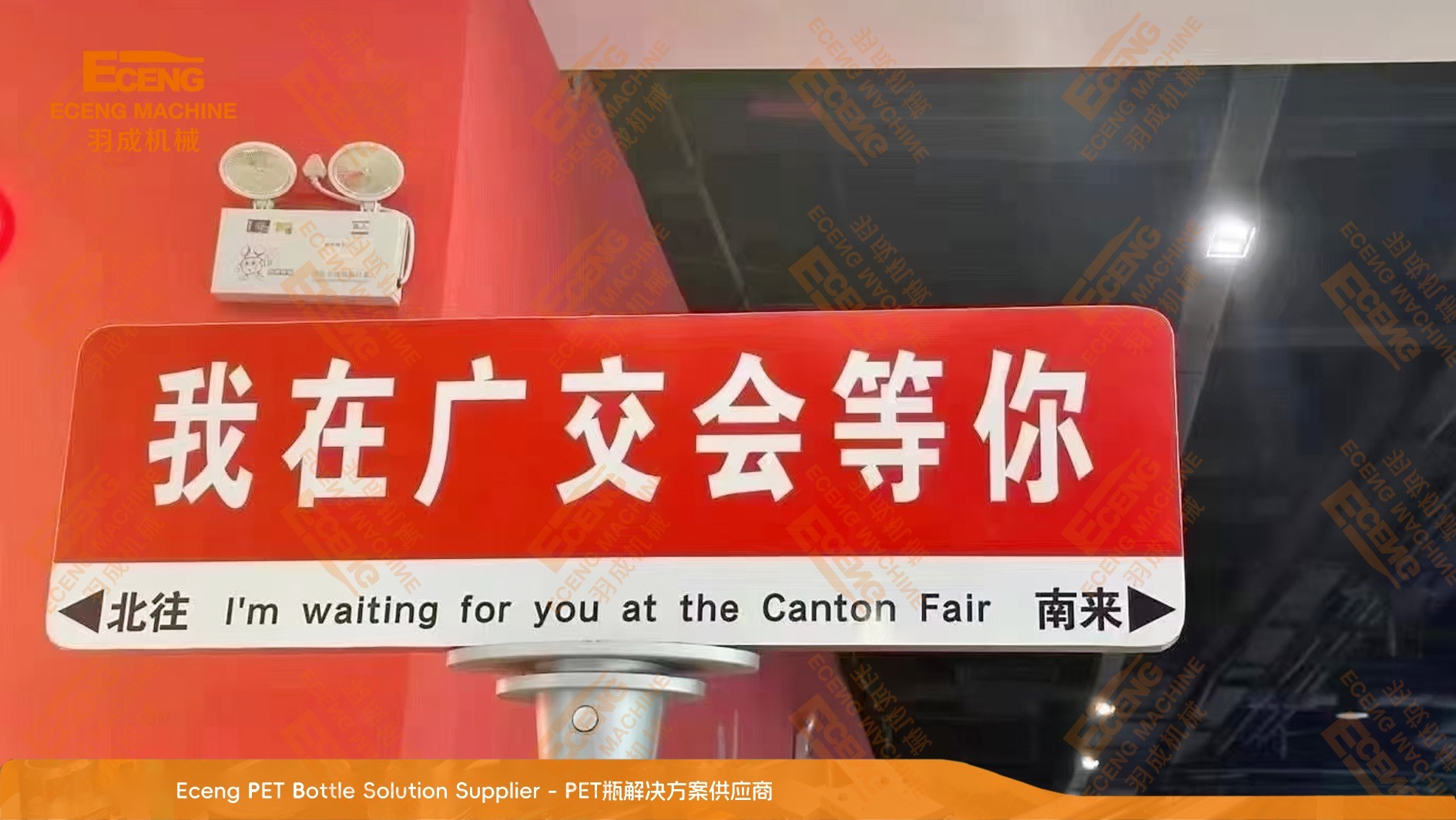Common faults of bottle blowing machines and their troubleshooting methods
Release time:
2024-04-09
Common faults of bottle blowing machines and their troubleshooting methods Fault 1: Poor transparency of PET bottles Reasons: 1. The heating temperature is too high 2. The heating time is too long 3. The compressed air contains moisture 4. The injection molded embryo tube itself is not transparent 5. The embryo tube design is not suitable 6. The inflation ratio is too small
Common faults of bottle blowing machines and their troubleshooting methods
Fault 1: Poor transparency of PET bottles
Reasons: 1. The heating temperature is too high 2. The heating time is too long 3. The compressed air contains moisture 4. The injection molded embryo tube itself is not transparent 5. The embryo tube design is not suitable 6. The inflation ratio is too small
Elimination methods: 1. Cool down 2. Shorten the heating time 3. Use a dryer to remove water 4. Improve the quality of the embryo tube, select the materials and increase the dryness of the raw materials 5. Improve the size design of the embryo tube 6. Reduce the diameter of the embryo tube
Fault 2: The PET bottle has a pearly luster and turns white
Reasons: 1. The heating temperature is too low 2. The thickness of the embryo tube wall is uneven 3. The embryo tube is too thick and the heating penetration is insufficient
Troubleshooting methods: 1. Increase the temperature or slow down the revolution speed 2. Improve the quality of the embryo tube 3. Reduce the thickness of the embryo tube, or try to raise the outer cover of the heating device to increase the temperature dissipation of the embryo tube surface
Fault 3: The water outlet position at the bottom of the PET bottle is offset
Reasons: 1. Blowing starts too early 2. The stretch rod is not at the bottom 3. The stretch rod is offset from the center line of the bottle axis 4. The wall thickness of the embryo tube is uneven or the injection density is uneven 5. Uneven heating
Troubleshooting methods: 1. Delay the blowing time or increase the speed of the stretch rod descent 2. Adjust the position of the magnetic pole switch 3. Adjust the position of the stretch rod 4. Improve the quality of the embryo tube 5. Improve the heating conditions, or check whether there is any problem with the embryo tube rotation
Fault 4: Uneven wall thickness of PET bottle
Reasons: 1. The stretching rod is not in the center of the embryo tube. 2. The blowing holes are asymmetric and the hole diameters are different. 3. The stretching ratio is too low or the blowing ratio is too small. 4. The embryo tube does not rotate in the heating furnace. 5. The embryo tube wall thickness is uneven or the injection density is uneven.
Troubleshooting methods: 1. Adjust the position of the stretching rod 2. Adjust the position and diameter of the blowing hole 3. Increase the stretching ratio or blowing ratio 4. Check the rotation device 5. Improve the quality of the embryo tube
Fault 5: The top of the bottle is too thick
Reasons: 1. The upper temperature is too low 2. The mold exhaust hole is too far from the upper part 3. The stretch ratio is too low 4. The blow ratio of the upper part of the bottle is too low 5. The stretch rod speed is too slow
Troubleshooting methods: 1. Heat the upper part 2. Adjust the position of the exhaust hole 3. Increase the stretching ratio 4. Change the bottle shape 5. Adjust the stretching rod speed
Fault 6: The bottom of the bottle is too thin
Reasons: 1. Start blowing too early 2. Bottom temperature is too high 3. Bottom of embryo tube is too thin
Troubleshooting methods: 1. Delay the start of blowing time 2. Lower the bottom temperature 3. Increase the thickness of the bottom of the embryo tube
Fault 7: The bottle mold line is obvious
Reasons: 1. Insufficient mold pressure 2. Sealing too early 3. Mold problem 4. The size of the embryo tube teeth does not match the mold
Troubleshooting methods: 1. Increase the mold clamping pressure and adjust the mold clamping support rod angle (<5 degrees) 2. Move the mold clamping stroke switch position backward 3. Repair the mold or check the mold assembly position, such as whether the guide pillar is loose or the mold is not pressed tightly 4. Repair the mold tooth matching position
Fault 8: The bottom or neck of the bottle is rolled up or the material is accumulated
Reasons: 1. The delayed blowing time is too long 2. One roll, one good 3. The temperature at the accumulation point is too low 4. The actuating air pressure is unstable, affecting the descending speed of the stretch rod
Troubleshooting methods: 1. Shorten the delayed blowing time or reduce the descending speed of the stretching rod 2. Reduce the air volume on one side of the bottle roll 3. Increase the heating temperature of the embryo tube at that place 4. Add an air tank to the operating air source, or shorten the air supply pipeline
Fault 9: Bottle bottom is stretched and perforated
Reasons: 1. The temperature is not high enough, and the product has not penetrated. 2. The delayed stretching time is too long. 3. The stretching ratio is too large. 4. The bottom of the embryo tube is too thin. 5. The stretching rod head is too sharp.
Troubleshooting methods: 1. Heating 2. Shortening the delay stretching time 3. Reducing the stretching ratio 4. Improving the design of the embryo tube bottom 5. Rounding the stretching rod head
Fault 10: Bottle bottom explodes
Reasons: 1. Delayed blowing time is too short 2. Delayed mold opening time is too short 3. Temperature is too high 4. Exhaust valve does not work
Troubleshooting methods: 1. Extend the delayed blowing time or increase the speed of the stretch rod descent 2. Extend the delayed mold opening time 3. Cool down 4. Clean the exhaust valve with gasoline
Fault 11: The bottom of the bottle is not full
Reasons: 1. The temperature of the bottle bottom is too high 2. The exhaust holes at the bottom of the mold bottle are insufficient or uneven 3. The stretch rod has not reached the bottom 4. The design of the stretch rod head does not conform to the shape of the bottom of the embryo tube 5. The blowing pressure is insufficient 6. The flow of the blowing valve is insufficient 7. The bottom curve design of the bottle is not good
Troubleshooting methods: 1. Lower the temperature at the bottom of the heating zone or use a wet cloth to lower the temperature at the bottom of the embryo tube 2. Increase the number of exhaust holes and distribute them evenly 3. Adjust the stretch rod to the bottom of the bottle 4. Replace the stretch rod head 5. Increase the blowing pressure 6. Clean the blowing valve with gasoline 7. Increase the streamlined design of the bottom curve
Fault 12:
Reasons: 1. If the tube teeth are in a certain position relative to the embryo tube, it is because the thickness of the embryo tube is uneven. 2. If the tube teeth are in a certain position relative to the mold joint line, it is a mold exhaust problem. 3. Uneven heating of the embryo tube. 4. Poor design of the bottom of the mold.
Troubleshooting methods: 1. Improve the thickness design of the embryo tube 2. Improve the exhaust hole at the bottom of the mold 3. Improve the heating conditions 4. Improve the bottom design
这里是标题一h1占位文字
Hot information




